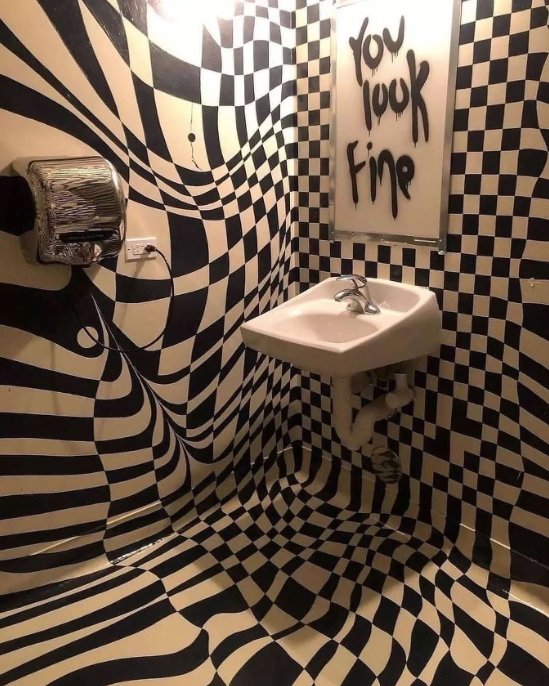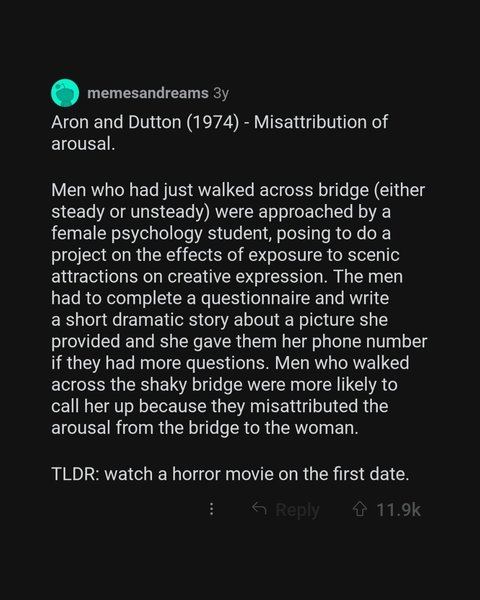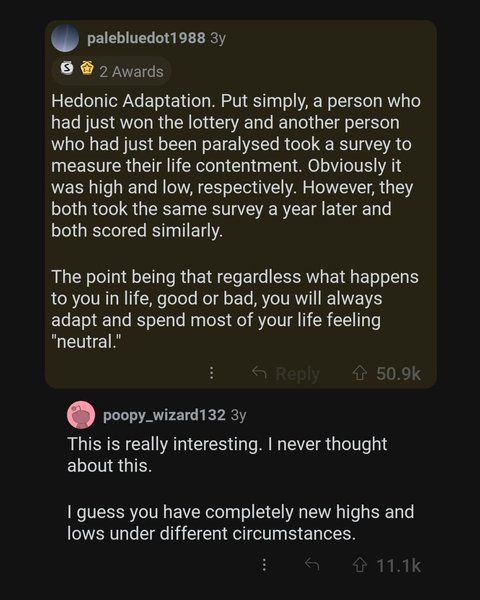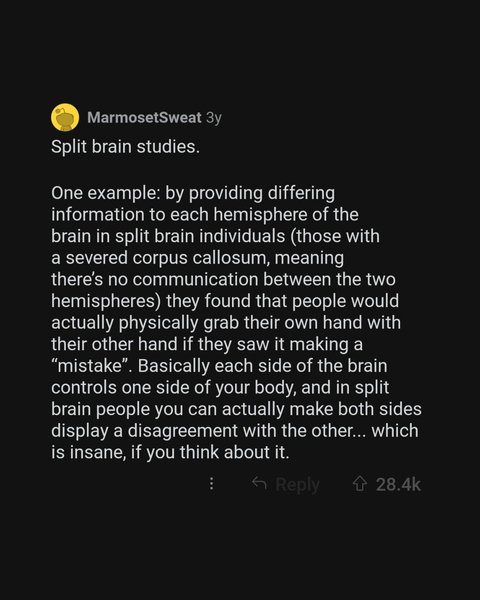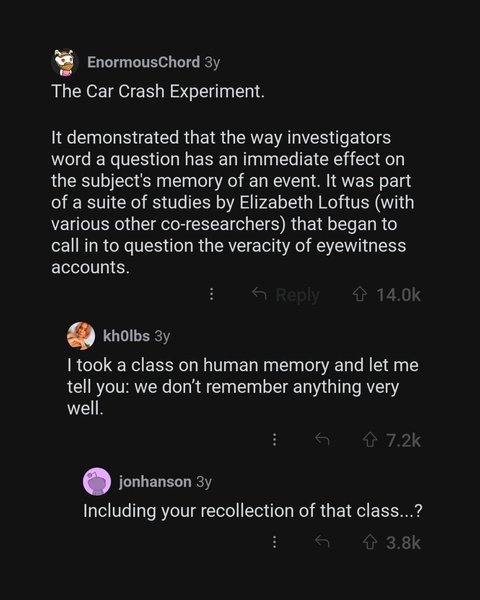Sublime
An inspiration engine for ideas
Our brains often see familiar shapes, like faces, in random patterns. This is known as pareidolia.
10 wild cases:
1. Waterfall of the Bride, Peru
https://t.co/eMNiRkmz5f
Interesting STEMx.comFaces may be the best example. How many times have you seen faces in wood grain, in the patterns in plaster walls, or in the smudges on the sidewalk? A surprisingly large part of the human brain is devoted to seeing faces — when we look at a person’s face, a huge amount of brainpower is expended in interpreting it. When we’re not looking at someone
... See moreRaph Koster • Theory of Fun for Game Design
Holy crap: None of these cogs is actually turning or moving at all 😲 https://t.co/gVPbFgpujS
Steve Stewart-Williamsx.comdifferent image is shown to each eye—perhaps
Anil Seth • Being You: A New Science of Consciousness
What are some psychology experiments with interesting results?
instagram.com